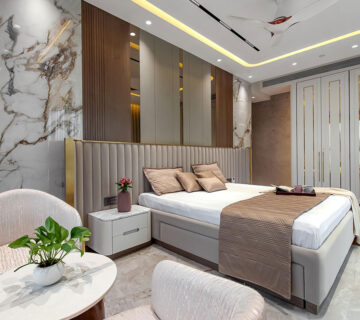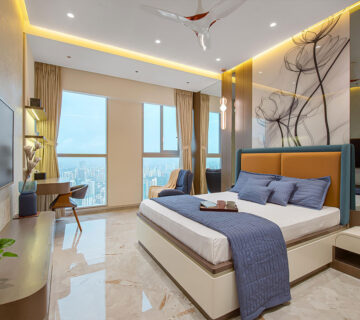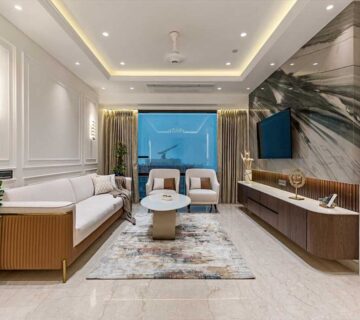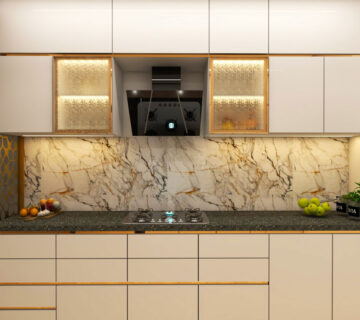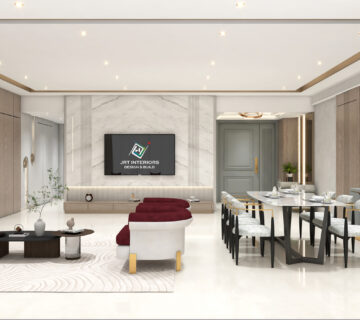A designer is often required when one is starting out with interior design. It is a milestone in a person’s life to become a homeowner, but a home can only be truly cherished when it reflects the personality of the people living in it.
Comfort should be the hallmark of a home, and it should authentically reflect the lifestyle of the person living in it. As a specialist in space management and spatial transformation, interior designers spend years creating spaces that meet the needs of each individual.
It is imperative to hire a qualified interior designer. Not only are they responsible for ensuring that each room possesses the desired ambiance, but also for meeting specified budgetary requirements. Choosing an interior designer wisely ensures that your home becomes a practical, multifunctional sanctuary after a long day at work.
Factors to Consider When Hiring an Interior Designer for Your Dream Home
A) Clearly Define your Budget
Let’s start by dispelling the myth it is impossible to hire an interior designer on a budget. It is important to clearly define your budget at the start of your project, as it may prove difficult to change designs later on to reduce costs. Clarify charges for consultations, acquisitions, site visits, and other services. To manage project costs effectively, develop a transparent payment schedule. If the budget does not meet your financial parameters, explain this to the interior designer and ask for alternatives that are more cost-effective
b) Communicate
Make a list of the specific services you need so you won’t waste money on services that you won’t use. Decide which elements are essential and non-essential based on your lifestyle, and explain your priorities to the designer. A personalized outcome requires putting priority on absolute must-haves over good-to-haves.
c) Do your research
Make a list of everything you want your dream home to include, including the colour palette, furniture pieces, kitchen cabinets, and bookshelves. To help your interior designer understand your aesthetic preferences and tastes, gather images. This will enable the interior designer to design a more tailored and satisfying process.
d) Establish a Clear Project Timeline:
The goal should be to create a seamless experience by establishing a shared understanding of the project timeline. You should always set a realistic project timeline and be transparent about it. Make sure the scope of the project and the timeframe are communicated to the interior designer.
e) Find a Compatible Design Style:
It’s only human nature to want your space to reflect your personality, right? Make sure the interior designer you choose is a good fit for your style. Don’t be afraid to share your design ideas and make sure there is mutual understanding. Prior to signing the contract, ensure that there is a cohesive vision.
f) Gather Examples and References:
Do not hesitate to share your design inspirations gleaned from social media or personal experiences. Make use of some tools to communicate your design preferences efficiently. Make sure your interior designer understands your needs by communicating quickly and effectively.
g) Review the Designer’s Portfolio:
Upon receiving your designer’s portfolio, assess the portfolio for signature styles. Take a closer look at the designer’s aesthetic, which should match your desired outcome. It is essential to establish a rapport so that the investment will be worthwhile.
h) Be Open to Suggestions:
Keep an open mind and consider the professional suggestions of your interior designer. Collaboration and combining their expertise with your design preferences are key. You should be open to innovative ideas that could help you achieve better results in your design process.
Watch this YouTube video to learn more about hiring an interior designer for your home.
Conclusion
Collaboration between client and designer must be aligned, ensuring a seamless process. Establish a shared vision by discussing concerns, budgets, and timelines. Whether at home or in the office, your space should feel comfortable. By adding the right elements to a building, an interior designer can turn it into a personal sanctuary. Your space will reflect your lifestyle when you choose an interior designer whose style aligns with yours. Creating a haven that reflects your unique tastes and preferences is crucial to your comfort and satisfaction.



